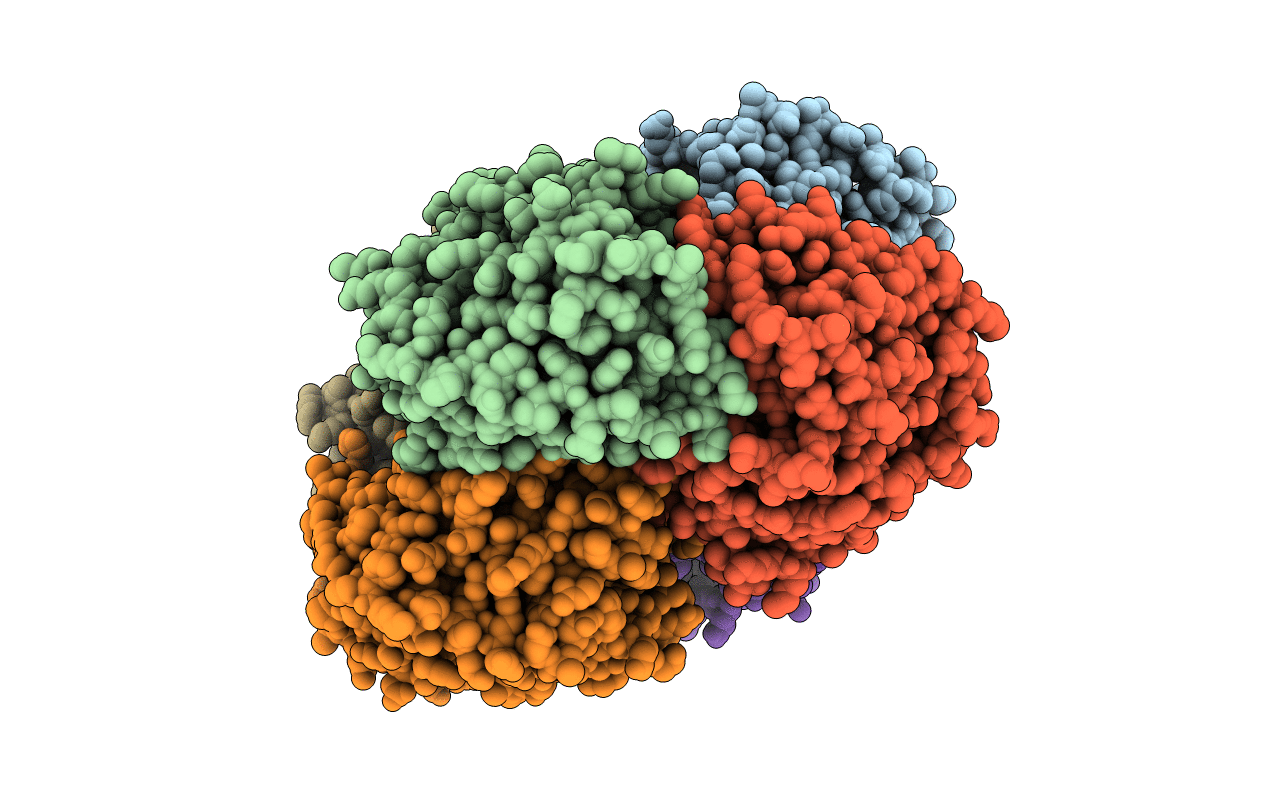
Deposition Date
2016-07-13
Release Date
2017-06-21
Last Version Date
2023-11-08
Entry Detail
PDB ID:
5GMA
Keywords:
Title:
Crystal structure of the P228A variant of Thermotoga maritima acetyl esterase
Biological Source:
Source Organism:
Host Organism:
Method Details:
Experimental Method:
Resolution:
2.10 Å
R-Value Free:
0.21
R-Value Work:
0.17
R-Value Observed:
0.17
Space Group:
P 1 21 1


